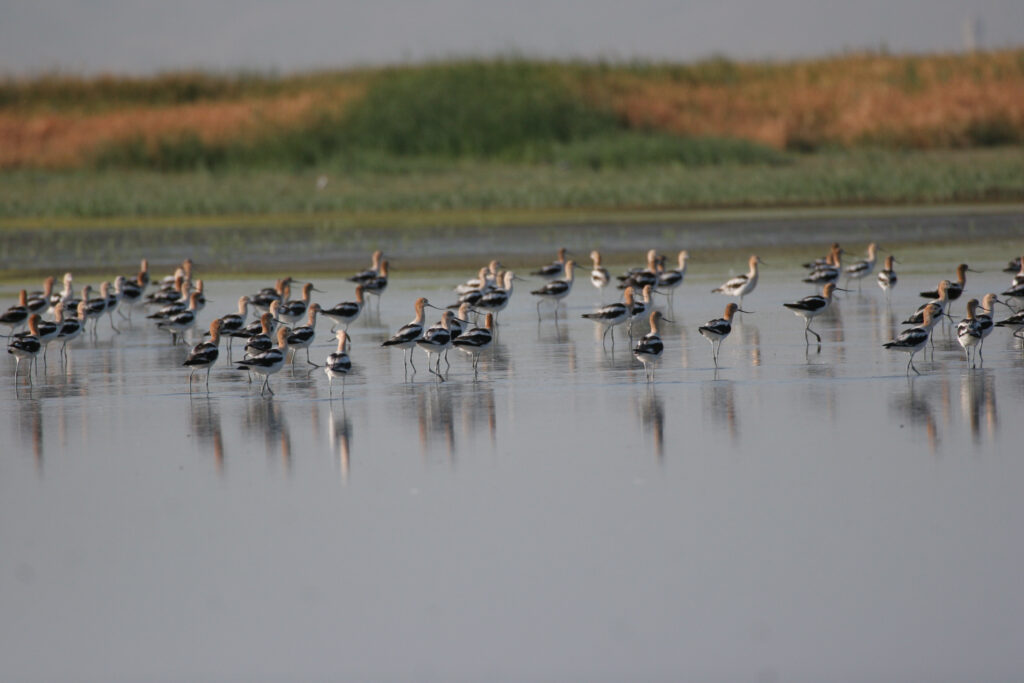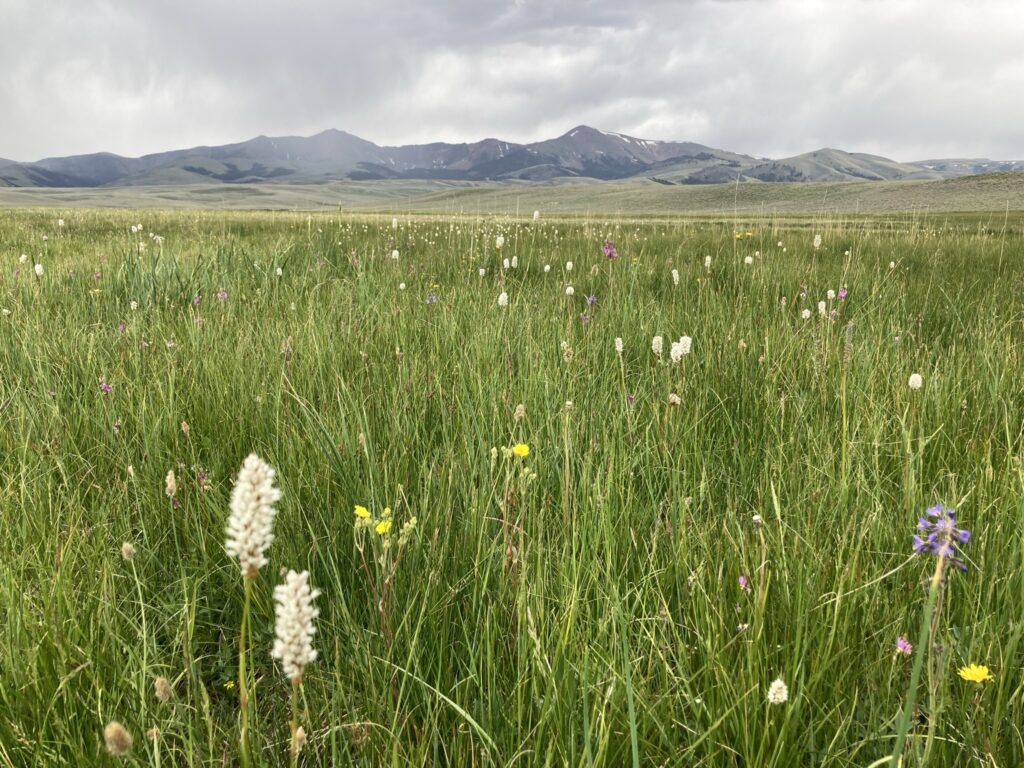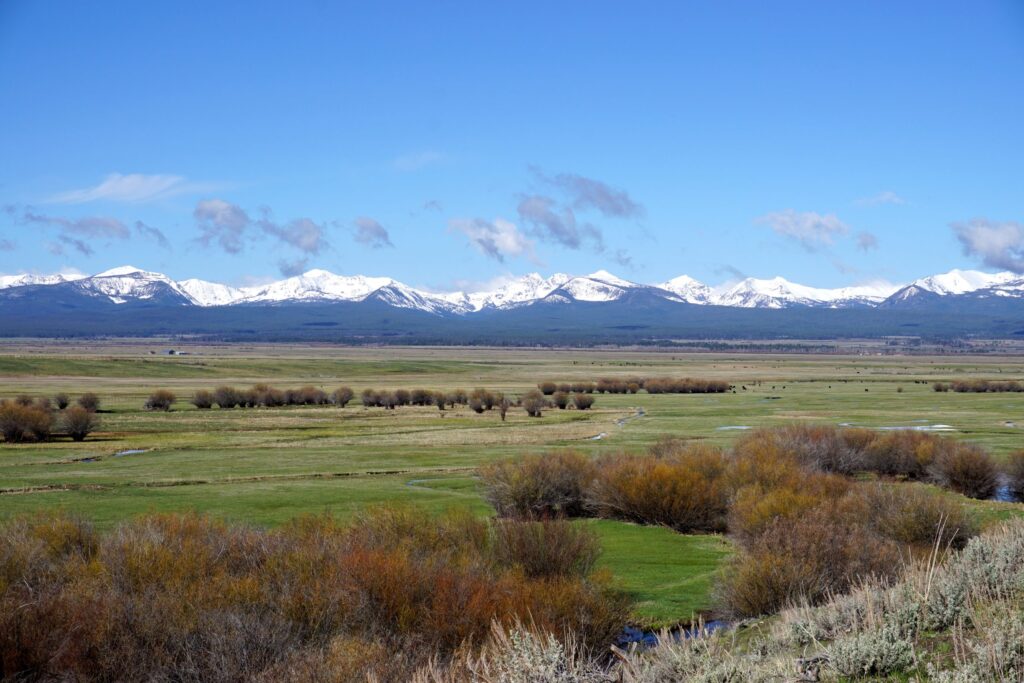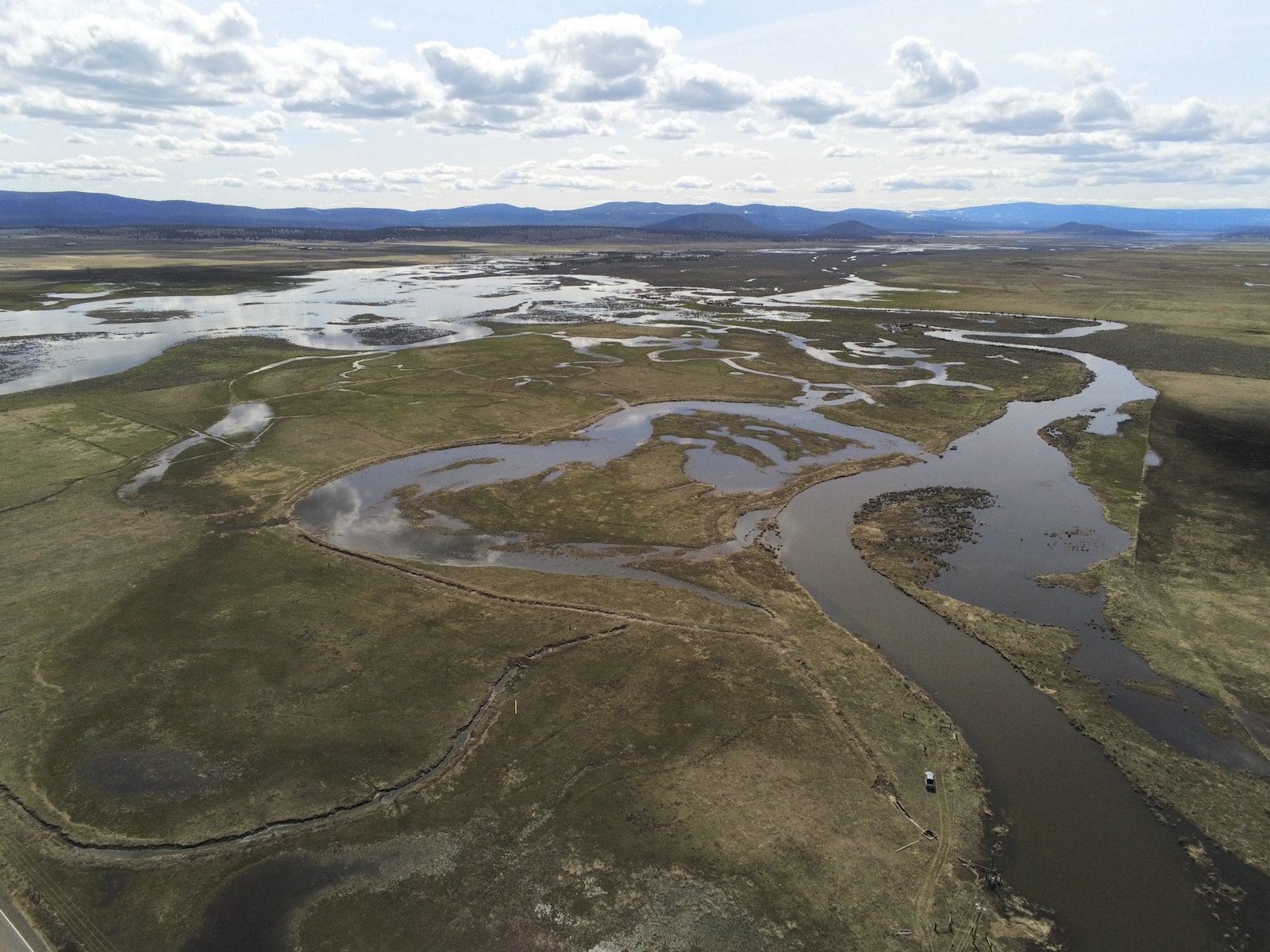
Wetlands Science
our APPROACH AND SCIENCE TO IMPLEMENTATION
We strive to make our science accessible and approachable for our partners both in and out of the field.
We collaborate with partners to develop innovative and actionable science for wetland-dependant bird habitat conservation across the Intermountain West. Science partnerships with federal natural resource agencies, state fish and wildlife agencies, NGOs, and universities, including the University of Montana Avian Science Center, provide the multi-disciplinary framework and ability to address the important science needs and regional conservation strategies of the IWJV partnerships.

Our RESEARCH
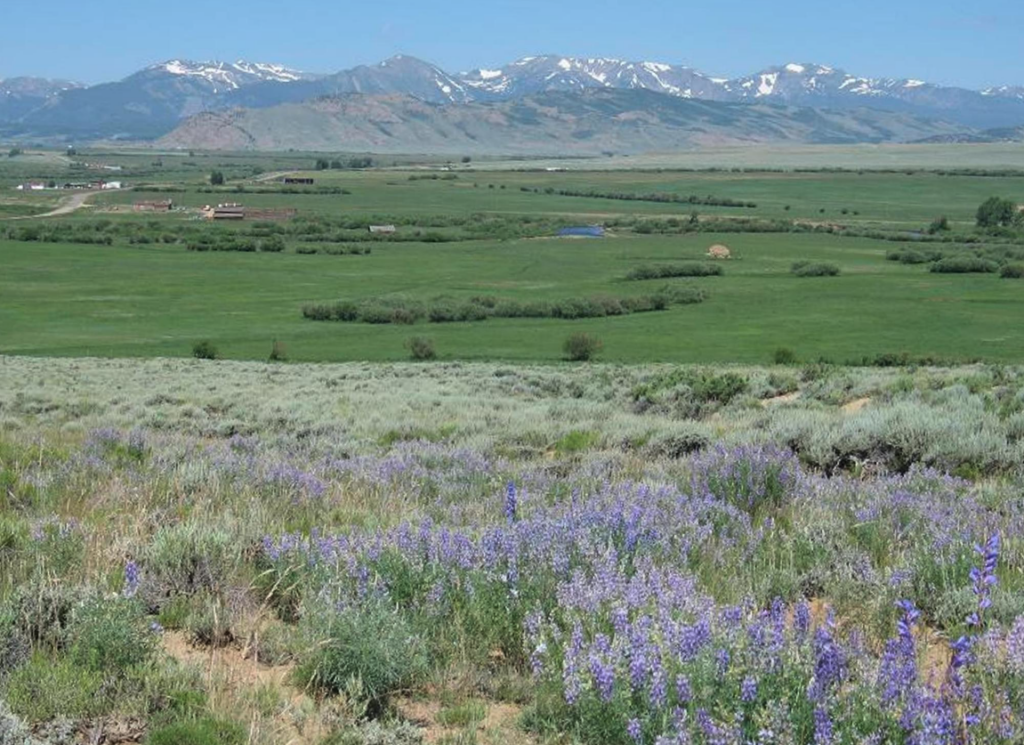
The study Beneficial ‘inefficiencies’ of western ranching: flood-irrigated hay production sustains wetland systems by mimicking historic hydrologic processes uses spatial data and satellite imagery to determine the footprint of flood-irrigated grass hay in the western United States. The research also identifies the wetland habitat provided by these areas throughout the year, showing that certain wetland types are threatened by the loss of agriculture and irrigation conversion across the region.
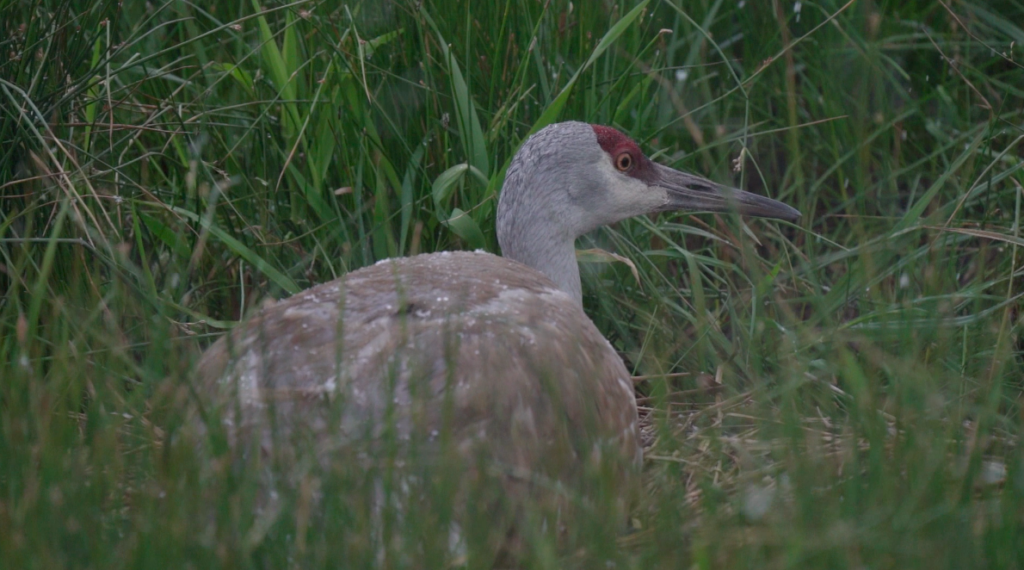
A 2024 study, Flood-irrigated agriculture mediates climate-induced wetland scarcity for summering sandhill cranes in western North America, pinpoints key breeding habitat for sandhill cranes in the Intermountain West. The research indicates that cranes rely on riparian corridors and associated flood-irrigated grass hay meadows for breeding and colt-rearing during spring and summer months—areas that are threatened by human development and increasing water scarcity due to climate change.
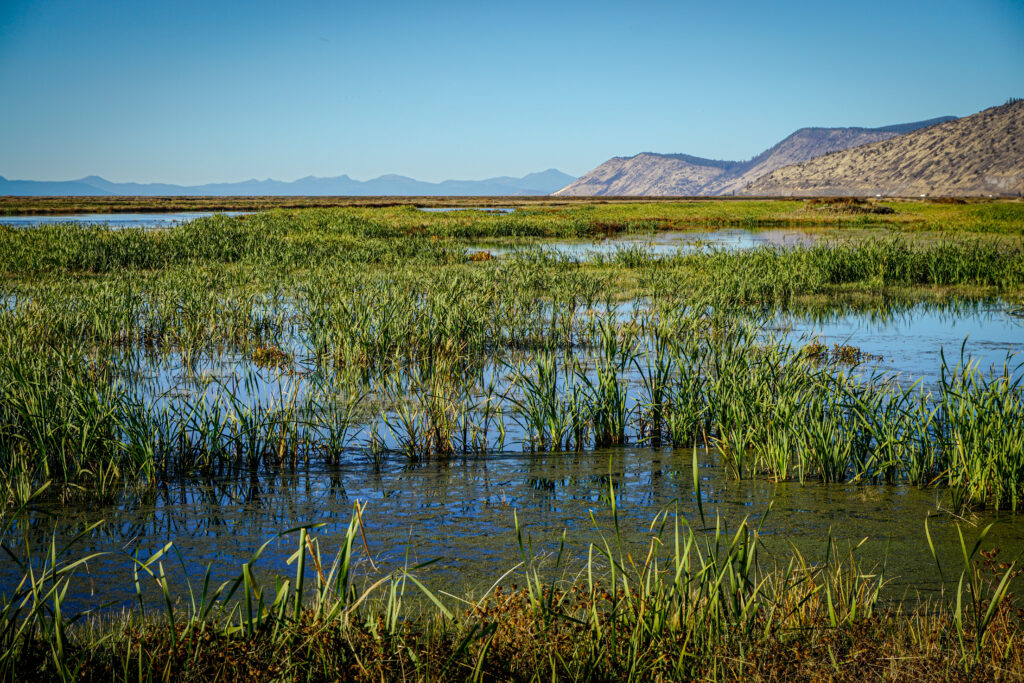
The study Functional wetland loss drives emerging risks to waterbird migration networks identifies trends of severe wetland drying in the Southern Oregon Northeastern California (SONEC) region and California’s Central Valley, two of the most significant sites for migratory waterbirds in the Pacific Flyway. The good news? Managers can use this information to make strategic conservation decisions that increase wetland resiliency throughout the flyway.
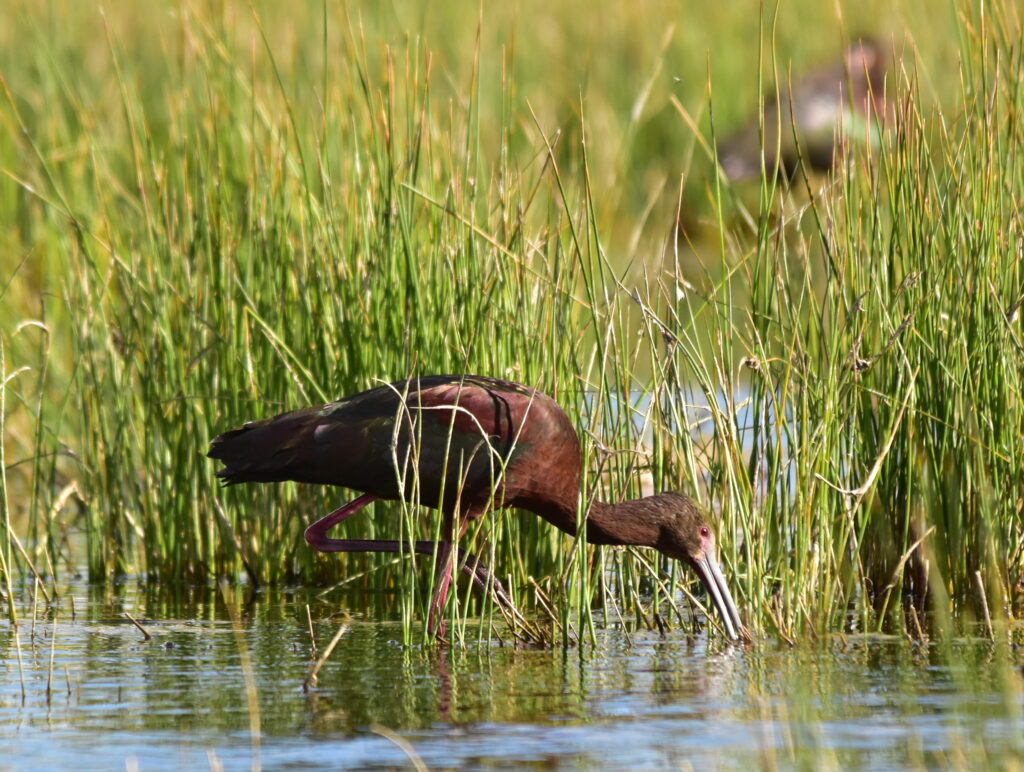
Researchers from the University of Montana and the IWJV conducted the first-ever long-term monitoring of white-faced ibis breeding habitat. Using satellite imagery, they estimated seasonal flooding across this network of public and private wetland sites over a 30+ year period. In doing so, they captured a detailed picture of how flooding trends influence ibis habitat use. This information allows conservationists to pinpoint priority sites and practices that can help both this umbrella species—and other species reliant on water in the West—become more resilient in the face of long-term drought and climate change.
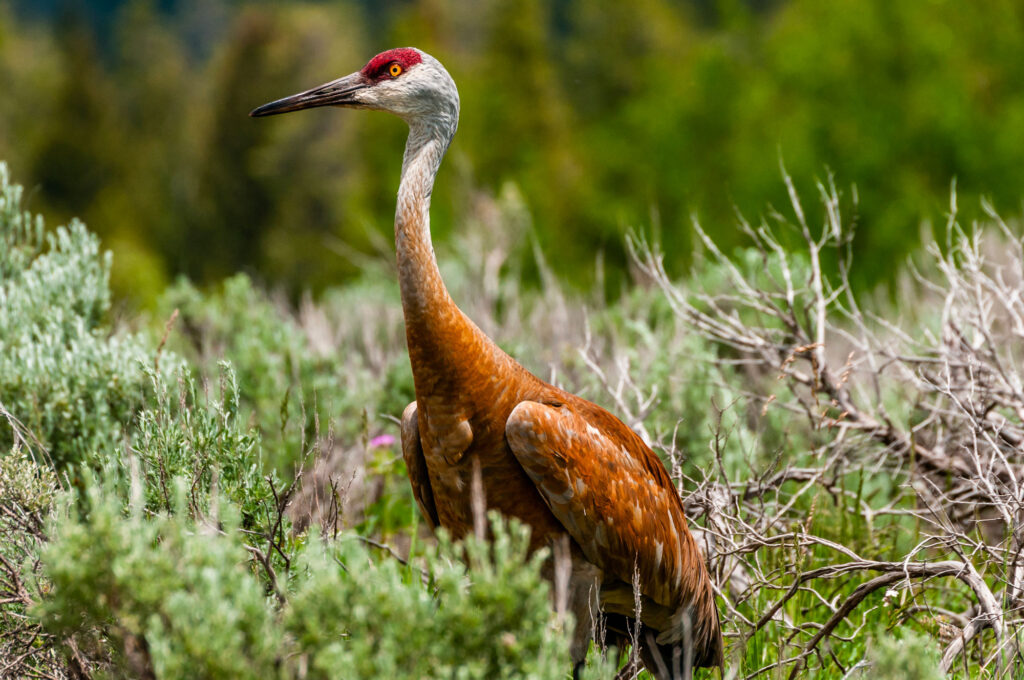
Greater sandhill cranes rely on wetland habitat on private and public land throughout the West as they migrate to and from wintering and breeding grounds each fall and spring. This study identifies the landscapes and wetland sites most important to sustaining these seasonal migrations. The paper also documents how researchers identified and monitored landscape change in these wetland sites. The results paint the picture of an intricately connected network of habitat spread across the West—much of which is under threat from climate-change-associated drought and human development.
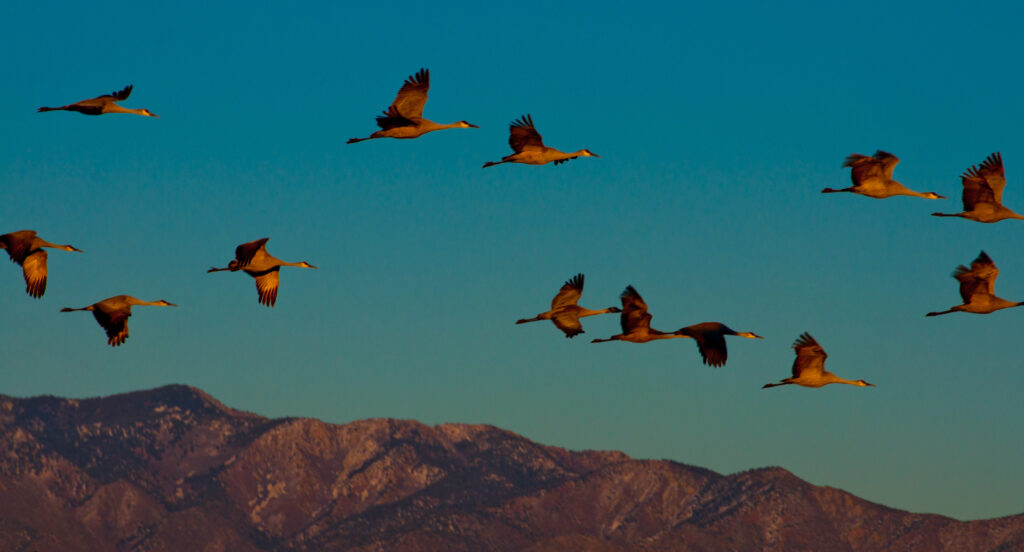
This 2019 study shows how the timing of water deliveries to agricultural wetlands is critical to the value of migratory waterbird habitat provided by these lands. Migration chronologies—or when birds move between nesting and wintering grounds—vary from species to species. Some birds, like northern pintails, arrive at stopover sites earlier than other species, requiring an earlier supply of water at those locales. How scientists, land managers, and water users track and respond to these variances is important for wetland habitat conservation and the conservation of migratory waterbirds.
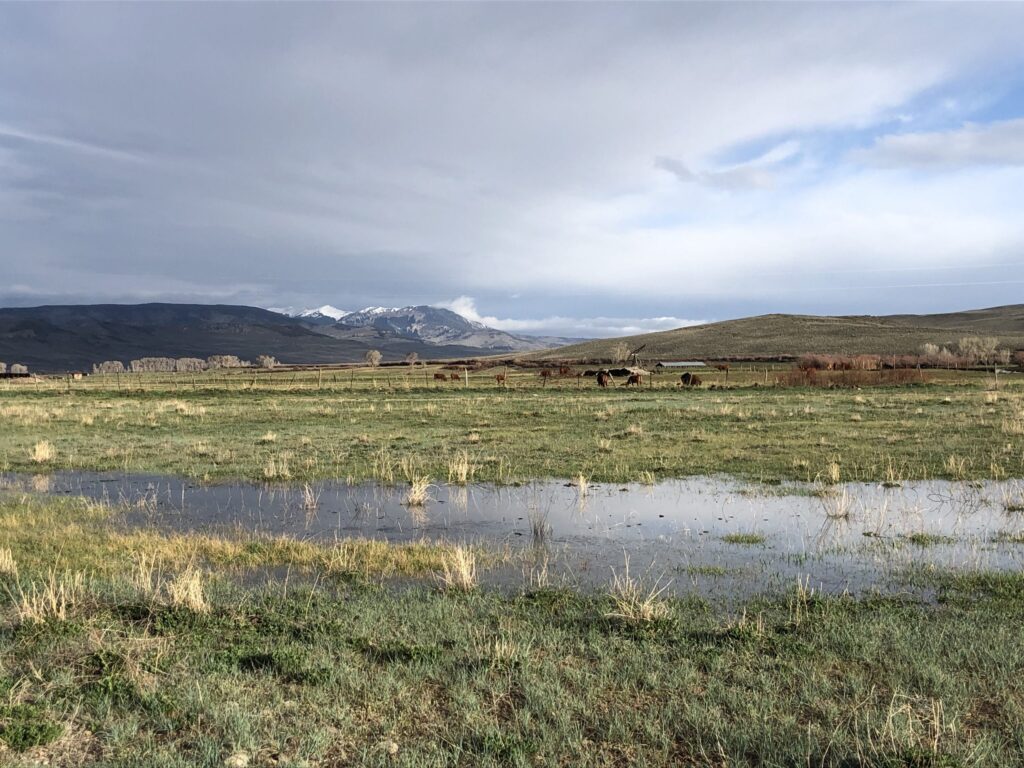
In order to monitor changes in the resiliency of wetland networks, IWJV scientist Patrick Donnelly partnered with scientists from the University of Montana, the U.S. Geological Survey, and the U.S. Fish and Wildlife Service’s Migratory Bird Program to look at surface water changes over 35 years in 26 key waterbird landscapes in the Intermountain West. The resulting science is a key tool for biologists and land managers to determine if individual wetlands are becoming drier, wetter, or have remained unchanged.
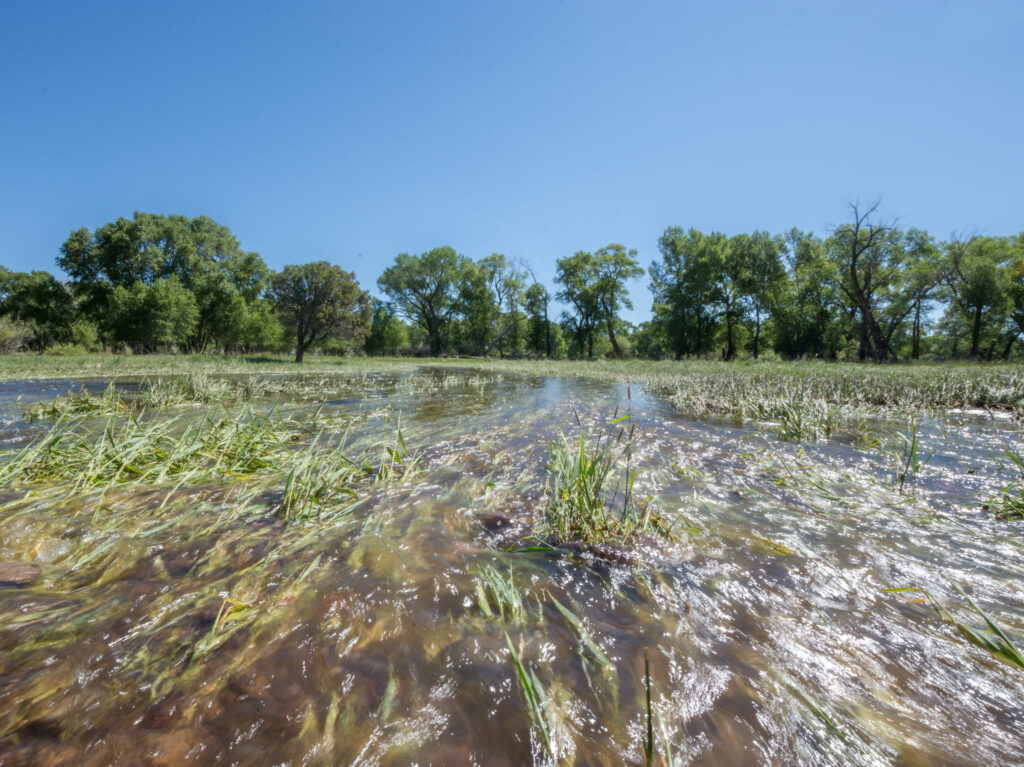
Past research has explored the hydrology and ecology of flood irrigation and biological objectives have been established for waterfowl that rely on these working wet meadows, yet social science on this topic is lagging. Little has been known about rancher thoughts and experiences regarding flood irrigation and the factors influencing whether they will continue to flood irrigate. The IWJV and its partners conducted a social science research project to gain a deeper understanding of the human dimensions of this issue and how it can aid professionals in creating and adapting conservation solutions.
